Food Chemistry vol 1 Caramelization and caramel pigments E150!!
Hello my friends.. Today I decided to add an new section on my blog and it will be about food chemistry.. If you following me you already know that I am a Pastry Chef and I love making sweets and candies. I have shown you, in the past tones of photos with my deserts but I have never show you how this magic happens scientific. At my first post of food chemistry I will write about caramelization of food.
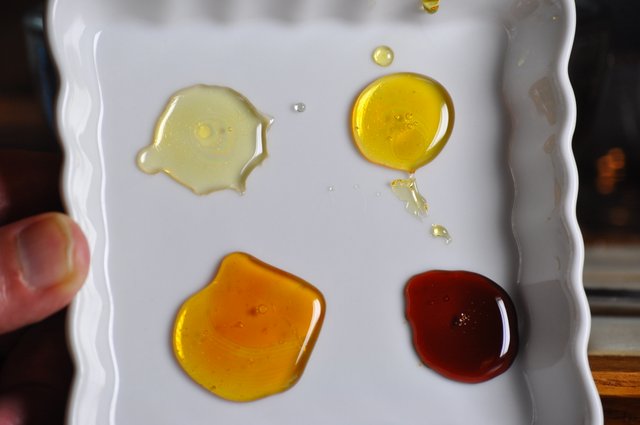 credit
credit
I think that we all like sugar ... But I am sure that there is no one who does not love the dark color, the sugar gets when we heat it to get the caramel.
Imagine the caramel crust of crème brûlée , the caramel syrup on caramel cream , the delicious dark crust of bread, a coffee with intense aromas, beer with its various shades, roasted nuts and more ...
It is a reaction of non-enzymatic browning of sugars with the use of heat, called caramelization. It is known that sugar is converted to caramel at a temperature above 160 ° C.
Caramelization occurs during heating of foods that are rich in carbohydrates (sugars). During the development of temperatures, a water loss occurs and then a series of complex chemical reactions (isomerization - polymerization).
Describing the caramelization of sucrose (common sugar), it decomposes with the help of temperature to glucose and fructose, then it condenses due to the loss of water and finally, polymerization is carried out by rendering the colors of the sugar.

credit
Caramelization varies depending on the type of sugar we have. Thus, for fructose, galactose, glucose, maltose we have 110 °, 160 °, 160 ° and 180 ° C initial caramelization temperature, respectively.
Caramelization derivatives are those high molecular weight substances that change the taste and aroma of products. From these polymers, the dyes we get are the caramel-colored pigment known in the food industry.
Depending on how they are made, we have:
E150 (a): Plain caramel, caustic caramel, spirit caramel
E150 (b):Caustic sulfite caramel
E150 (c): Ammonia caramel, baker's caramel, confectioner's caramel, beer caramel
E150 (d): Sulfite ammonia caramel, acid-proof caramel, soft-drink caramel
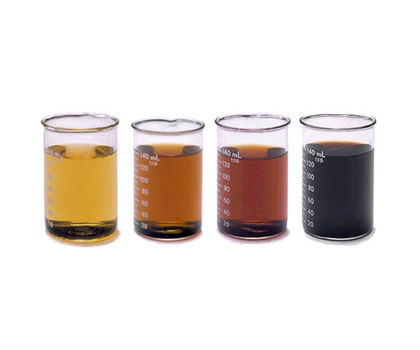
credit
Caramel is 90% by weight of pigments used in the food industry and 70% is used in beverages and other alcoholic and non-alcoholic beverages, whiskey, beer and fruit juices.
Caramel pigments are liquid or solid bodies with dark brown to black color. Beyond E150 (a), the rest is chemically produced.
Effects of pigments in our health.
E150 (a): No toxicological problems have been observed,
E150 (b): The amount contained in the food is considered to be safe,
E150 (c): toxicological researches are continueing
E150 (d): May cause gastrointestinal problems, e.g. diarrhea.
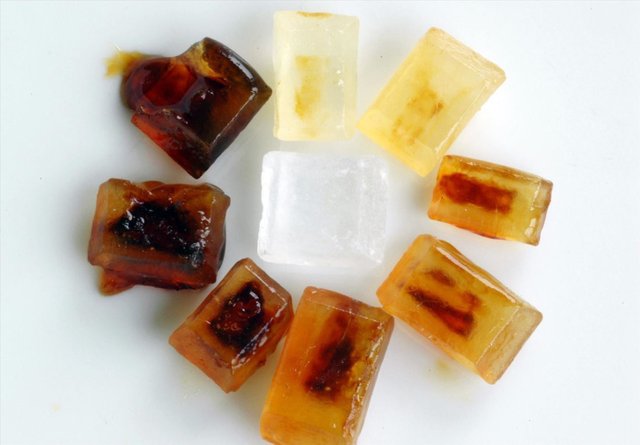
Sugar candies in various states of caramelization.
credit
In conclusion, caramelization also has the formation of flavoring compounds, diacetyls (caramel flavor) and other aromatic compounds, such as furans, and derivatives, hydroxymethylfurfural (HMF) found in juices, honey, milk and cigarettes. Finally, maltol has a flavor reminiscent of freshly baked bread and is used as a flavor enhancer (E636) in breads and cakes.Finally I want to tell you that the caramel has a bitter taste and is not sweet as some people want to believe.
References
wikipedia
BCA Chemistry
Wikipedia
Cuisitive
p.s. I want to thank @ruth-girl for proposing me to write about food chemistry. It is a very interesting world :)
Thanks for stepping by..for more follow @zkalemiss
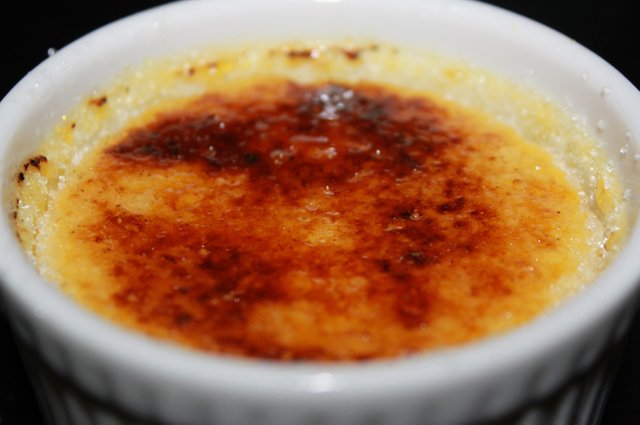
This was a great post @zkalemiss! Well done! But what do you mean caramel is bitter?!
Thank you so much for the mention!
When I say caramel I mean the caramel pigments that food industries use to color food and drinks. Caramel pigment is a burnt caramel. I am sure that you have noticed that when we burn any food its taste change to bitter!! thanks for your comment. In a new start it is important to read possitive comments!
That explains it.
Once again I wish you good luck on this new series of food chemistry...and I'm waiting to taste some of it in a future steemeet :P
I love that writing these steemit articles provides motivation to learn more about the processes you are already interested in. I having been doing the same now through my natural medicine journey. I am glad to know more about caramelization. I will definitely use this information in the future. Keep up the good work. I'm giving you a resteem and follow! Can't wait to see more about your food chemistry journey!!
Very good job @zkalemiss.
Congrats!!!
thank you my friend @nikoleondas
Nice post :p
excellent post I love, greetings I follow you when you want to go through my profile. Thank you.
Ένα γλυκό πάντως από τα χεράκια σου δε μας έφερες :(
desmeuomai gia tin epomeni sinantisi!! :)
Food and Chemistry....you just combined the two things I love together
great stay tuned more articles are coming
AJ picked your post @zkalemiss for his #TOP5 FOOD POST. Visit AJ's FOOD ROUNDUP to view where your post is ranked.
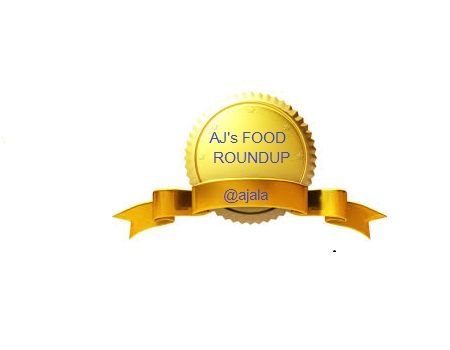
Very interesting
Πολύ καλό ! Καλή συνέχεια . Resteemed φυσικά